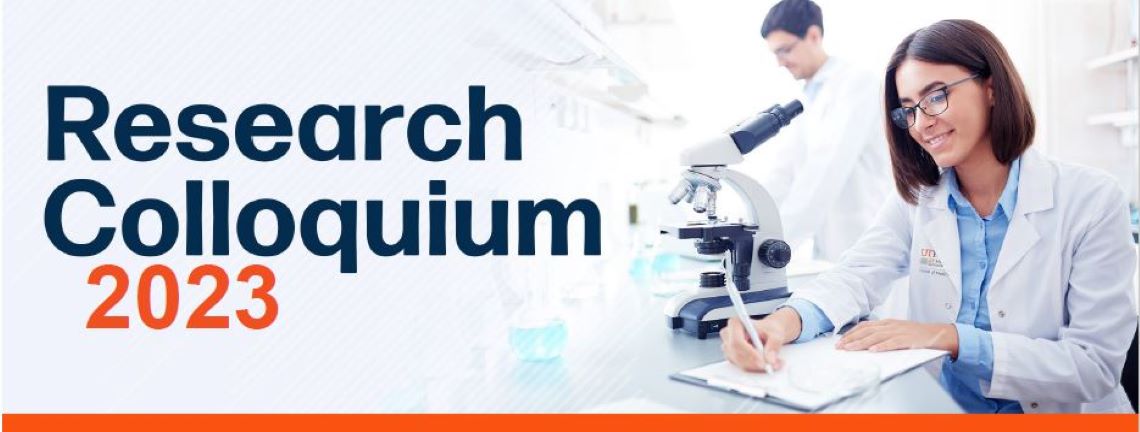
Talks
Academic Level (Author 1)
Faculty
Discipline/Specialty (Author 1)
Cancer and Immunology
Discipline Track
Translational Science
Abstract
Background: One of the major challenges in pancreatic cancer treatment is the management of PDAC following tumor relapse. Relapse may be locoregional and/or metastatic and is highly resistant and impermeable due to a fibrotic stromal tumor microenvironment. Due to highly complex histo-architecture and suboptimal drug accumulation, pancreatic tumors do not respond well to the conventional therapeutic modalities. The application of extracellular vehicles (Evs) is increasing in the field of medicine due to their inherent characteristics as biological cargo vehicles. Therefore, this study investigates the utilization of autologous EVs derived from stromal cells of patient’s matched adjacent normal tissues (NAF-EVs) for personalized medicine.
Methods: Sampling of matched adjacent normal tissues can be derived at the time of diagnosis by endoscopic ultrasound and utilized in the neoadjuvant setting for patients with localized disease, borderline resectability or even metastatic disease.
Results: Through this strategy, we showcase that EVs derived from NAFs demonstrates differential bio-physical characteristics, efficient cellular internalization, drug loading efficiency, pancreatic tumor targeting and delivery of payloads. EVs effectively target pancreatic tumors, deliver therapeutic payloads, and suppress tumor growth. NAF-EVs were used for loading ormeloxifene, a potent anti-cancer and desmoplasia inhibitor as a model drug (ORM). Additionally, we found that ORM maintains normal fibroblast cell phenotype and render them incompatible to be triggered for a CAF-like phenotype, which may be due to regulation of Ca2+ influx in fibroblast cells. NAF-EVs-ORM effectively blocked oncogenic signaling pathways involved in desmoplasia and epithelial mesenchymal transition (EMT) and repressed tumor growth in xenograft mouse model.
Conclusion: In conclusion, our data suggests preferential tropism of NAF derived EVs for PDAC tumors tissues, thus imply feasibility of developing a novel personalized medicine for PDAC patients using autologous NAFs EVs for improved therapeutic outcome. Additionally, it provides opportunity of utilization of this biological scaffold for effective therapeutics in combination with standard therapeutic regimen.
Presentation Type
Talk
Recommended Citation
Khan, Sheema, "Autologous Biovesicles Targeted against Tumor’s Fibrotic Milieu for Management of PDAC Patients" (2024). Research Colloquium. 5.
https://scholarworks.utrgv.edu/colloquium/2023/talks/5
Included in
Autologous Biovesicles Targeted against Tumor’s Fibrotic Milieu for Management of PDAC Patients
Background: One of the major challenges in pancreatic cancer treatment is the management of PDAC following tumor relapse. Relapse may be locoregional and/or metastatic and is highly resistant and impermeable due to a fibrotic stromal tumor microenvironment. Due to highly complex histo-architecture and suboptimal drug accumulation, pancreatic tumors do not respond well to the conventional therapeutic modalities. The application of extracellular vehicles (Evs) is increasing in the field of medicine due to their inherent characteristics as biological cargo vehicles. Therefore, this study investigates the utilization of autologous EVs derived from stromal cells of patient’s matched adjacent normal tissues (NAF-EVs) for personalized medicine.
Methods: Sampling of matched adjacent normal tissues can be derived at the time of diagnosis by endoscopic ultrasound and utilized in the neoadjuvant setting for patients with localized disease, borderline resectability or even metastatic disease.
Results: Through this strategy, we showcase that EVs derived from NAFs demonstrates differential bio-physical characteristics, efficient cellular internalization, drug loading efficiency, pancreatic tumor targeting and delivery of payloads. EVs effectively target pancreatic tumors, deliver therapeutic payloads, and suppress tumor growth. NAF-EVs were used for loading ormeloxifene, a potent anti-cancer and desmoplasia inhibitor as a model drug (ORM). Additionally, we found that ORM maintains normal fibroblast cell phenotype and render them incompatible to be triggered for a CAF-like phenotype, which may be due to regulation of Ca2+ influx in fibroblast cells. NAF-EVs-ORM effectively blocked oncogenic signaling pathways involved in desmoplasia and epithelial mesenchymal transition (EMT) and repressed tumor growth in xenograft mouse model.
Conclusion: In conclusion, our data suggests preferential tropism of NAF derived EVs for PDAC tumors tissues, thus imply feasibility of developing a novel personalized medicine for PDAC patients using autologous NAFs EVs for improved therapeutic outcome. Additionally, it provides opportunity of utilization of this biological scaffold for effective therapeutics in combination with standard therapeutic regimen.

